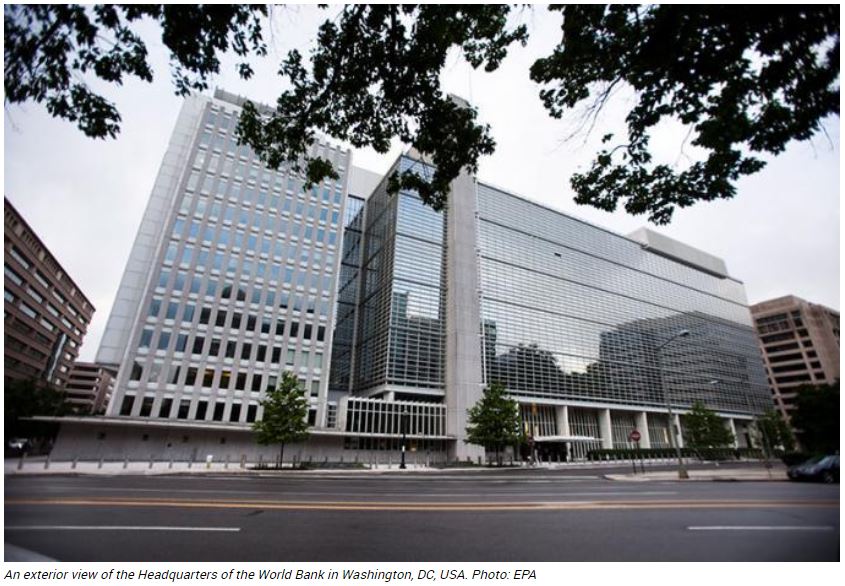World Bank predicts dire economic outlook for Myanmar in 2022
Myanmar’s economy and people continue to be severely tested by the ongoing impacts of the military coup and the surge in COVID-19 cases in 2021, according to the World Bank.
Following an expected 18 percent contraction of the economy in the year ended September 2021, the World Bank’s Myanmar Economic Monitor, released on January 26, projects growth of 1 percent in the year to September 2022.
While reflecting recent signs of stabilization in some areas, the projection remains consistent with a critically weak economy, around 30 percent smaller than it might have been in the absence of COVID-19 and the February 2021 coup.
The near-term outlook will depend on the evolution of the pandemic and the effects of conflict, together with the degree to which foreign exchange and financial sector constraints persist, as well as disruptions to other key services including electricity, logistics and digital connectivity.
“The situation and outlook for most people in Myanmar continues to be extremely worrying,” said World Bank Country Director for Myanmar, Cambodia and Lao PDR Mariam Sherman. “Recent trends of escalating conflict are concerning – firstly from a humanitarian perspective but also from the implications for economic activity. Moreover, with a low vaccination rate and inadequate health services, Myanmar is highly vulnerable to the Omicron variant of COVID-19.”
Among recent signs of economic stabilization, mobility has recovered to 2020 levels after falling around 70 percent below pre-COVID-19 baseline levels in July 2021, though it remains about 30 percent below pre-pandemic levels for retail, recreation, and transport venues. This is likely to have supported the services sector, though overall consumer demand continues to be weak due to recent shocks to incomes and employment. In the manufacturing sector, output and employment also appear to be stabilizing, and exports have recovered in recent months.
Nevertheless, economic activity continues to be affected by substantial weaknesses in both supply and demand. Firms continue to report sharp reductions in sales and profits, cashflow shortages, and a lack of adequate access to banking and internet services. Results from the latest World Bank firms’ survey indicate that around half of all companies experienced disruptions in the supply of inputs and raw materials in October, largely because of increases in costs amid logistics constraints and a sharp depreciation of the kyat. Farmers continue to be affected by higher prices for key inputs, restricted access to credit, and ongoing logistics constraints.
Ongoing economic pressures are having a substantial effect on vulnerability and food security, particularly for the poor, whose savings have been drained as a result of recent shocks. The share of Myanmar’s population living in poverty is expected to have doubled compared to pre-COVID-19 levels. Combined with pressures on agricultural production, rapid price inflation and reduced access to credit are expected to further compound food security risks.
Over the longer term, events since February 2021 are expected to limit Myanmar’s growth potential. “Most indicators suggest that private investment has fallen markedly, and previously viable projects are becoming unviable as demand remains weak, the cost of imports has risen, and kyat-denominated revenues are worth less in foreign currency terms,” said World Bank Senior Economist for Myanmar Kim Edwards. “In addition, lost months of education, together with large increases in unemployment and displacement, will substantially reduce human capital, skills and productive capacity over the longer term.”
Source: https://www.mizzima.com/article/world-bank-predicts-dire-economic-outlook-myanmar-2022


 English
English




